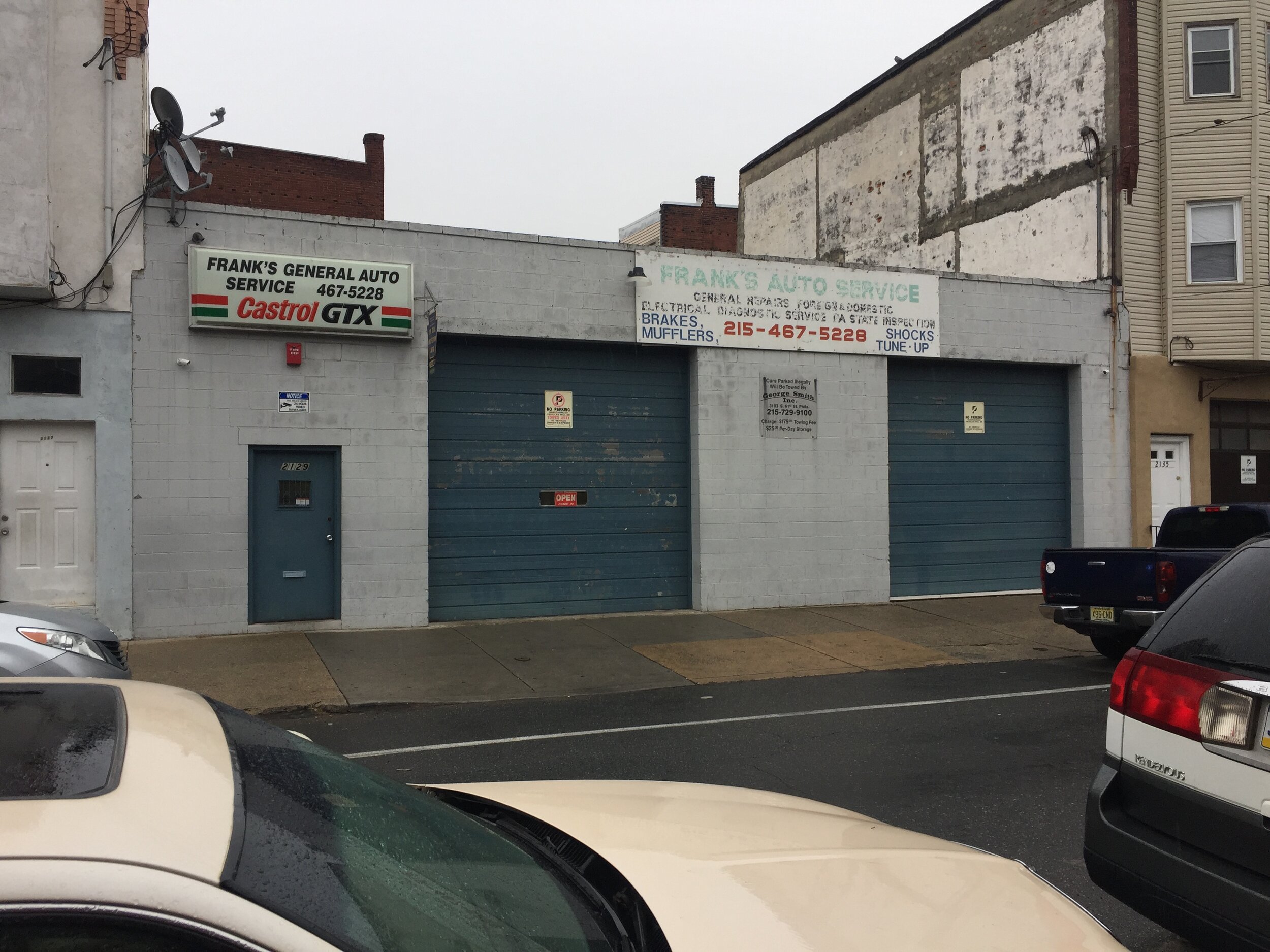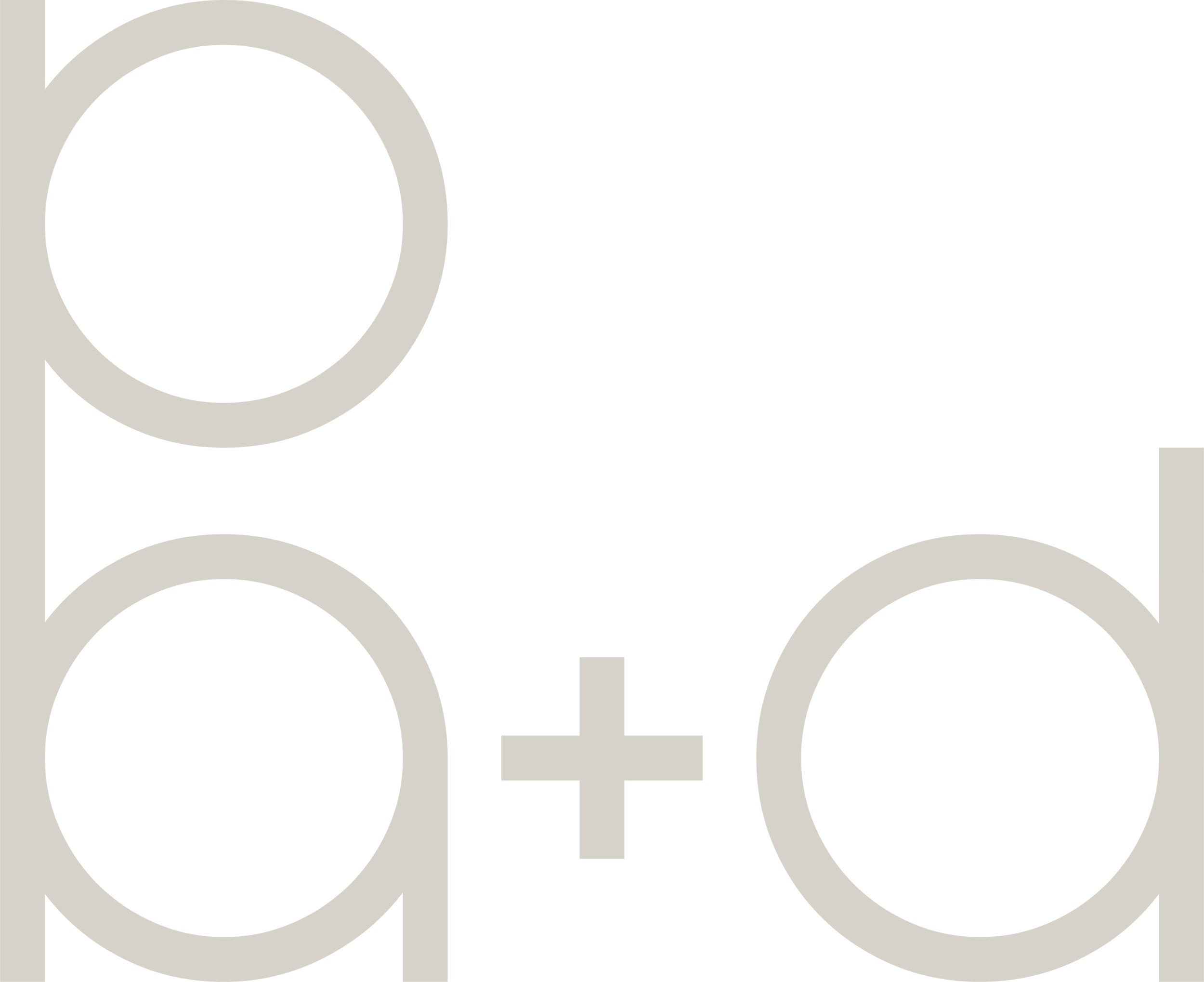Renovation + Addition | Mixed Use Building
AutoShop Apartments










Lower Moyamensing, a South Philadelphia neighborhood rich in industrial history, was once home to numerous textile and machinery factories housed in large brick buildings. As industries left, the neighborhood transformed, with abandoned industrial structures repurposed for modern residential and commercial uses, blending innovation with its industrial roots.
This project preserves the area’s industrial heritage by integrating residential spaces into a commercial setting. The ground floor remains an operating auto body shop, while a new second floor adds three residential units, each featuring private balconies for outdoor space. The contemporary addition juxtaposes modern design with the utilitarian character of the original structure.
The existing auto shop reflects Lower Moyamensing’s infill vernacular, with its single-story CMU block construction fitting the urban fabric yet lacking a strong connection to the community. The addition’s front profile mimics adjacent second-story bays, creating aesthetic continuity while introducing extended facade surfaces for larger windows, fresh air, and natural light. The brick veneer facade incorporates ledges for signage and privacy for street-facing balconies, enhancing functionality and design.
The new staircase aligns with an existing bearing wall, maintaining the auto shop's workflow while providing seamless access to the residential units above. Each unit maximizes space efficiency, offering private balconies for outdoor living—an essential feature in a neighborhood with limited shared outdoor spaces. These balconies provide personal retreats and urban views for residents.
The addition is supported by the existing CMU structure, with a lightweight wood frame and brick facade tying into the foundation. A corten steel rainscreen facade adds a modern touch, balancing the site’s industrial past with contemporary construction. This thoughtful design revitalizes the building, honors the area’s industrial legacy, and contributes to the evolving urban fabric.

